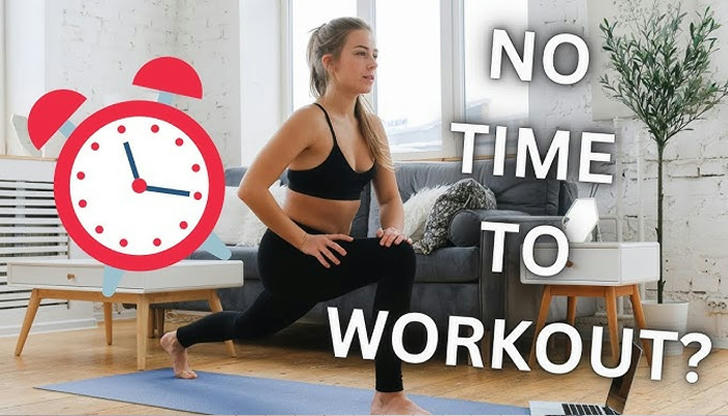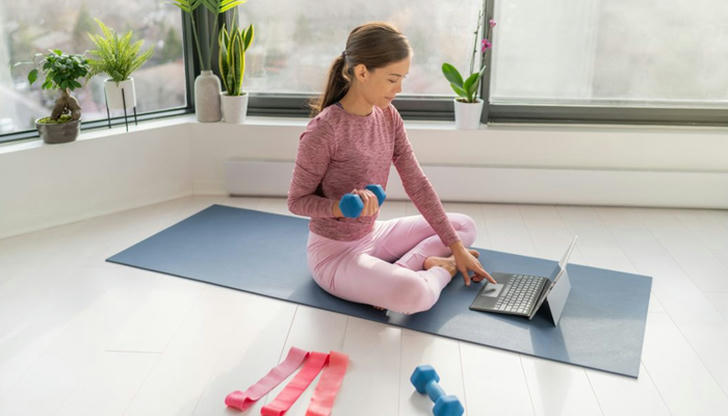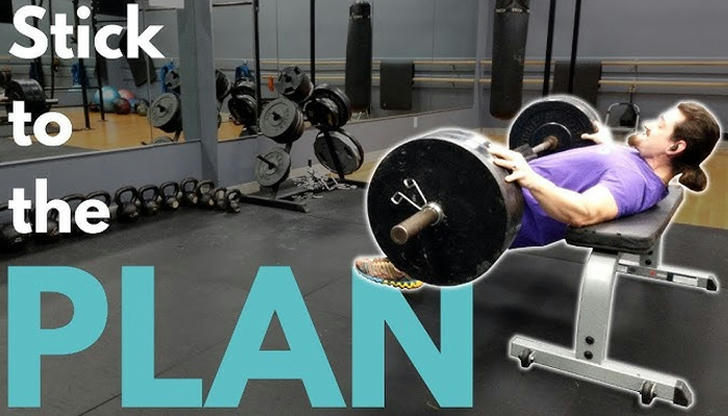Easy Home Workouts: Staying Fit Without a Gym Membership
Introduction
In recent years, home workouts have gained popularity as an accessible and flexible alternative to gym-based exercise. According to fitness industry reports, more individuals are opting to exercise at home due to time constraints, cost-saving preferences, and convenience. Scientific research has shown that consistent physical activity—regardless of the setting—can contribute to improved cardiovascular health, muscular strength, and mental well-being. This article presents evidence-based guidance on how to maintain a fitness routine at home, even without access to professional gym equipment.

1. The Benefits of Working Out at Home
Time and Accessibility
Home workouts eliminate the time spent commuting to and from fitness facilities. This may increase the likelihood of maintaining a regular routine, as suggested by a 2022 study published in BMC Public Health, which found that perceived time barriers were a common reason for physical inactivity.
Cost Reduction
Working out at home requires minimal financial investment. While gym memberships and specialized equipment can be expensive, many effective exercises use only bodyweight or simple household items.
Comfort and Privacy
Some individuals report feeling more comfortable exercising at home due to the absence of performance pressure or social comparison. This environment can foster a more personalized approach to fitness, as long as safety and form are maintained.
Flexibility
Home exercise routines can be adjusted based on available time, space, and individual fitness goals. This flexibility may support long-term adherence, a key component of any physical activity program.
2. Creating a Workout-Friendly Space at Home
Spatial Requirements
Most home workouts can be conducted in an area large enough to accommodate a yoga mat. Flooring should be stable and free of obstacles to reduce the risk of injury.
Environmental Considerations
Choosing a space with natural light, adequate ventilation, and minimal distractions may contribute to a more positive workout experience. Individuals living in shared spaces may benefit from establishing a consistent workout time to ensure availability and privacy.
Equipment (Optional)
Although not essential, the following low-cost items can support variety and progression in a home workout:
- Yoga mat for grip and cushioning
- Resistance bands for strength training
- Water bottles or filled backpacks as improvised weights
- Chair or wall for stability and support during exercises

3. Types of Home Workouts
Multiple forms of exercise can be effectively performed at home. Each serves different fitness purposes and can be adapted based on ability and preference.
Bodyweight Exercises
These exercises rely on your own body mass for resistance and can promote muscular strength and endurance:
- Push-ups
- Squats
- Lunges
- Glute bridges
- Planks
Cardiovascular Workouts
Aerobic activities performed indoors can support heart health and improve stamina:
- Stair climbing
- Jumping jacks
- Marching or jogging in place
- Dance-based routines (e.g., Zumba)
Strength Training with Household Items
Improvised weights such as water bottles or canned goods can be used to maintain resistance training:
- Overhead presses with bottles
- Weighted squats with a backpack
- Chair dips for triceps
Flexibility and Mobility
Flexibility-focused practices can improve joint function and reduce muscle tension:
- Static and dynamic stretches
- Yoga postures
- Mobility drills (e.g., shoulder rolls, hip openers)
Core Conditioning
Core-focused exercises support spine stabilization and posture:
- Sit-ups
- Russian twists
- Bird-dogs
- Mountain climbers
4. Sample Home Workout Routines
Beginner 15-Minute Circuit (Full Body)
Complete 3 rounds with 30 seconds per movement and 15 seconds rest:
- Bodyweight squats
- Wall push-ups
- Glute bridges
- Arm circles
- Plank hold
20-Minute HIIT Routine (Intermediate)
Perform each exercise for 40 seconds with 20 seconds of rest:
- Jumping jacks
- Burpees
- Lunges
- High knees
- Bicycle crunches
Low-Impact Routine (Seniors or Individuals with Joint Sensitivity)
Repeat 2 rounds:
- Seated leg lifts
- Wall push-ups
- Marching in place
- Standing side bends
- Calf raises
Weekly Balanced Schedule (Example)
| Day | Focus |
|---|---|
| Monday | Bodyweight strength |
| Tuesday | Cardio |
| Wednesday | Flexibility/stretch |
| Thursday | Core training |
| Friday | HIIT or circuits |
| Saturday | Active rest (walk) |
| Sunday | Rest |

5. Strategies for Long-Term Adherence
Goal Setting
Behavioral science research suggests that specific, measurable goals improve adherence. For example: “Complete three workouts per week” is more actionable than vague intentions.
Tracking Progress
Monitoring performance—via apps, fitness logs, or physical assessments—can provide motivation and highlight progress over time.
External Support
Virtual communities, workout partners, or instructional videos may help increase engagement and provide accountability, even when working out alone.
6. Avoiding Common Mistakes
Skipping Warm-Ups and Cool-Downs
Neglecting to warm up or stretch post-exercise may increase the risk of muscle strain. A 5-minute light warm-up (e.g., marching in place) and post-exercise stretching are recommended by the American Council on Exercise.
Improper Form
Performing movements with incorrect technique can lead to injury. Beginners are advised to start slowly and use mirrors or instructional videos to monitor their form.
Overtraining
Exercising without adequate rest can hinder recovery. Current guidelines recommend including at least one rest day per week and listening to signals of fatigue.
Unrealistic Expectations
Fitness adaptations take time. Sustainable results typically arise from gradual progression rather than rapid, intensive efforts.
7. When and How to Progress
Indicators for Progression
According to exercise physiology principles, progression is necessary for continued improvement. Signs you may be ready to advance include:
- Completing workouts without fatigue
- Increased ease with current routines
- Lack of muscle soreness or cardiovascular challenge
Methods of Progression
- Add repetitions or sets
- Reduce rest intervals
- Increase exercise duration or resistance
- Introduce new exercise styles such as Pilates or Barre
8. Safety Guidelines
General Recommendations
The World Health Organization (WHO) recommends that adults engage in at least 150 minutes of moderate-intensity or 75 minutes of vigorous-intensity physical activity per week. All exercise should be approached with individual fitness levels and any medical conditions in mind.
Monitoring Physical Responses
Symptoms such as dizziness, chest pain, or joint discomfort warrant caution. In such cases, it is advisable to pause exercise and consult a healthcare professional.
Modifying Exercises
Exercises can often be adapted for different abilities. For instance:
- Push-ups can be done on knees or against a wall
- Squats can be shallower for those with knee concerns
- High-impact movements can be replaced with low-impact alternatives
Conclusion
Home workouts provide a practical and accessible means of maintaining physical health. When structured thoughtfully, routines performed at home can meet standard guidelines for cardiovascular, strength, and flexibility training. The absence of a gym does not preclude physical fitness; rather, with appropriate planning and awareness, effective and safe workouts are entirely achievable at home.
Individuals considering a new exercise program are encouraged to consult with healthcare providers, particularly if they have pre-existing medical conditions. With consistency, patience, and appropriate progression, home-based fitness can play a significant role in promoting long-term health.
